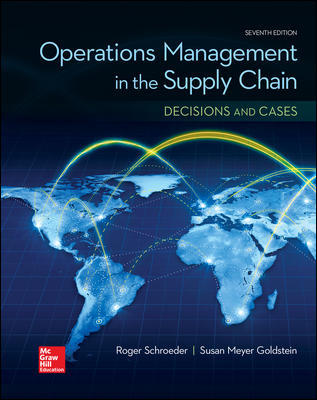
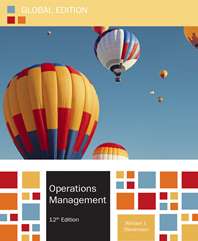
Operations Management Processes And Supply Chains 12th Edition – Test Bank
$25.00
Edition: 12th Edition
Format: Downloadable ZIP File
Resource Type: Test Bank
Duration: Unlimited downloads
Delivery: Instant Download
Operations Management Processes And Supply Chains 12th Edition – Test Bank
Operations Management: Processes and Supply Chains, 12e (Krajewski)
Chapter 4 Capacity Planning
4.1 Planning Long-Term Capacity
1) Capacity is the maximum rate of output of a process.
Answer: TRUE
Difficulty: Easy
Keywords: capacity, maximum output rate
Learning Outcome: Explain options for managing bottlenecks and managing capacity in service and manufacturing processes
AACSB: Application of Knowledge
Learning Obj.: Define long-term capacity and its relationship with economies and diseconomies of scale.
2) Capacity can be expressed by output or input measures.
Answer: TRUE
Difficulty: Easy
Keywords: capacity, input measures, output measures
Learning Outcome: Explain options for managing bottlenecks and managing capacity in service and manufacturing processes
AACSB: Application of Knowledge
Learning Obj.: Define long-term capacity and its relationship with economies and diseconomies of scale.
3) Input measures of capacity are inherently more accurate than output measures of capacity.
Answer: FALSE
Difficulty: Moderate
Keywords: input measures, output measures, capacity
Learning Outcome: Explain options for managing bottlenecks and managing capacity in service and manufacturing processes
AACSB: Application of Knowledge
Learning Obj.: Define long-term capacity and its relationship with economies and diseconomies of scale.
4) Utilization is the degree to which equipment, space, or labor is currently being used.
Answer: TRUE
Difficulty: Easy
Keywords: utilization, equipment used, space used, labor used
Learning Outcome: Explain options for managing bottlenecks and managing capacity in service and manufacturing processes
AACSB: Application of Knowledge
Learning Obj.: Define long-term capacity and its relationship with economies and diseconomies of scale.
5) One reason economies of scale drive down cost is the spreading of fixed costs.
Answer: TRUE
Difficulty: Moderate
Keywords: economies of scale, fixed cost
Learning Outcome: Explain options for managing bottlenecks and managing capacity in service and manufacturing processes
AACSB: Application of Knowledge
Learning Obj.: Define long-term capacity and its relationship with economies and diseconomies of scale.
6) Diseconomies of scale is a concept that states that the average unit cost of a service or good can be reduced by increasing its output rate.
Answer: FALSE
Difficulty: Easy
Keywords: diseconomies of scale, average unit cost, output rate
Learning Outcome: Explain options for managing bottlenecks and managing capacity in service and manufacturing processes
AACSB: Application of Knowledge
Learning Obj.: Define long-term capacity and its relationship with economies and diseconomies of scale.
7) Long-term capacity plans deal with:
A) investments in new facilities.
B) workforce size.
C) inventories.
D) overtime budgets.
Answer: A
Difficulty: Moderate
Keywords: long-term capacity, new facilities
Learning Outcome: Explain options for managing bottlenecks and managing capacity in service and manufacturing processes
AACSB: Application of Knowledge
Learning Obj.: Define long-term capacity and its relationship with economies and diseconomies of scale.
8) Long-term capacity decisions that confront managers include all of the following except:
A) capital equipment.
B) additional land.
C) buildings.
D) workforce size.
Answer: D
Difficulty: Moderate
Keywords: long-term capacity
Learning Outcome: Explain options for managing bottlenecks and managing capacity in service and manufacturing processes
AACSB: Application of Knowledge
Learning Obj.: Define long-term capacity and its relationship with economies and diseconomies of scale.
9) Regarding the measurement of capacity, when a firm provides a relatively small number of standardized products and services:
A) capacity cannot be determined reliably.
B) input measures are typically used.
C) output measures are typically used.
D) utilization becomes equal to capacity.
Answer: C
Difficulty: Moderate
Keywords: output measure, capacity
Learning Outcome: Explain options for managing bottlenecks and managing capacity in service and manufacturing processes
AACSB: Application of Knowledge
Learning Obj.: Define long-term capacity and its relationship with economies and diseconomies of scale.
10) One of the many steps in the production of toothpaste is to screw the caps on the tubes, which is still a manual process, performed by one man, Mr. Bucket. Which statement about this situation is best?
A) This is most appropriate for an output measure of capacity.
B) This is most appropriate for an input measure of capacity.
C) Utilization of the worker at this process step cannot be measured as it is a manual process.
D) In this case, the capacity of this step is not the maximum rate of output.
Answer: A
Difficulty: Moderate
Keywords: capacity, maximum output rate
Learning Outcome: Explain options for managing bottlenecks and managing capacity in service and manufacturing processes
AACSB: Application of Knowledge
Learning Obj.: Define long-term capacity and its relationship with economies and diseconomies of scale.
11) Input measures include such metrics as:
A) the number of customers served per hour.
B) the number of trucks produced per day.
C) the number of machine hours available.
D) the number of bills processed in a week.
Answer: C
Difficulty: Moderate
Keywords: input measure, capacity
Learning Outcome: Explain options for managing bottlenecks and managing capacity in service and manufacturing processes
AACSB: Application of Knowledge
Learning Obj.: Define long-term capacity and its relationship with economies and diseconomies of scale.
12) The degree to which equipment, space, or labor is being used is commonly referred to as:
A) capacity.
B) output.
C) utilization.
D) cushion.
Answer: C
Difficulty: Moderate
Keywords: utilization, capacity
Learning Outcome: Explain options for managing bottlenecks and managing capacity in service and manufacturing processes
AACSB: Application of Knowledge
Learning Obj.: Define long-term capacity and its relationship with economies and diseconomies of scale.


MAECENAS IACULIS
Vestibulum curae torquent diam diam commodo parturient penatibus nunc dui adipiscing convallis bulum parturient suspendisse parturient a.Parturient in parturient scelerisque nibh lectus quam a natoque adipiscing a vestibulum hendrerit et pharetra fames nunc natoque dui.
ADIPISCING CONVALLIS BULUM
- Vestibulum penatibus nunc dui adipiscing convallis bulum parturient suspendisse.
- Abitur parturient praesent lectus quam a natoque adipiscing a vestibulum hendre.
- Diam parturient dictumst parturient scelerisque nibh lectus.
Scelerisque adipiscing bibendum sem vestibulum et in a a a purus lectus faucibus lobortis tincidunt purus lectus nisl class eros.Condimentum a et ullamcorper dictumst mus et tristique elementum nam inceptos hac parturient scelerisque vestibulum amet elit ut volutpat.


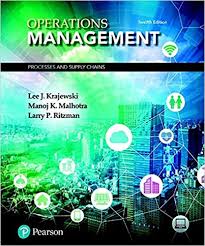

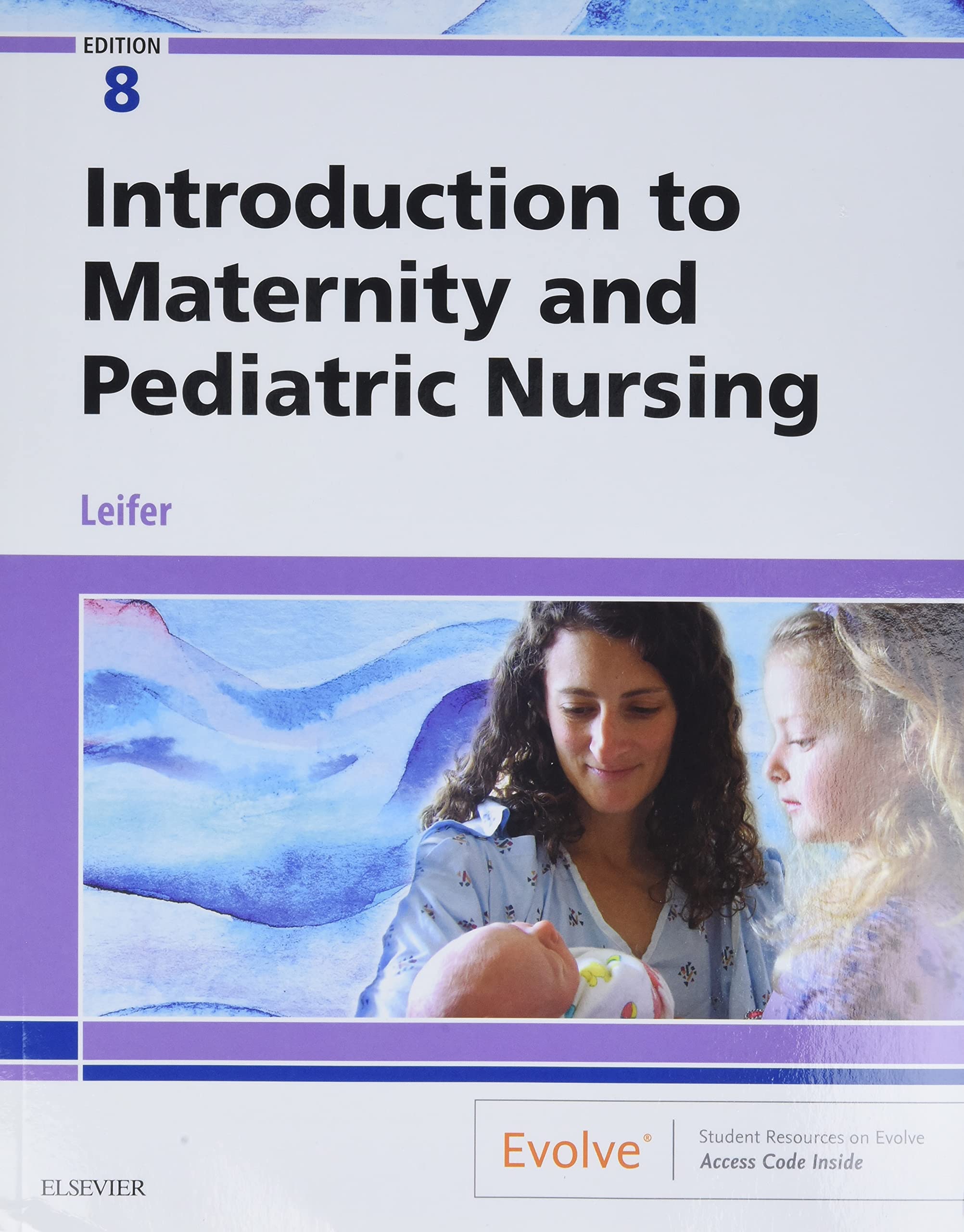


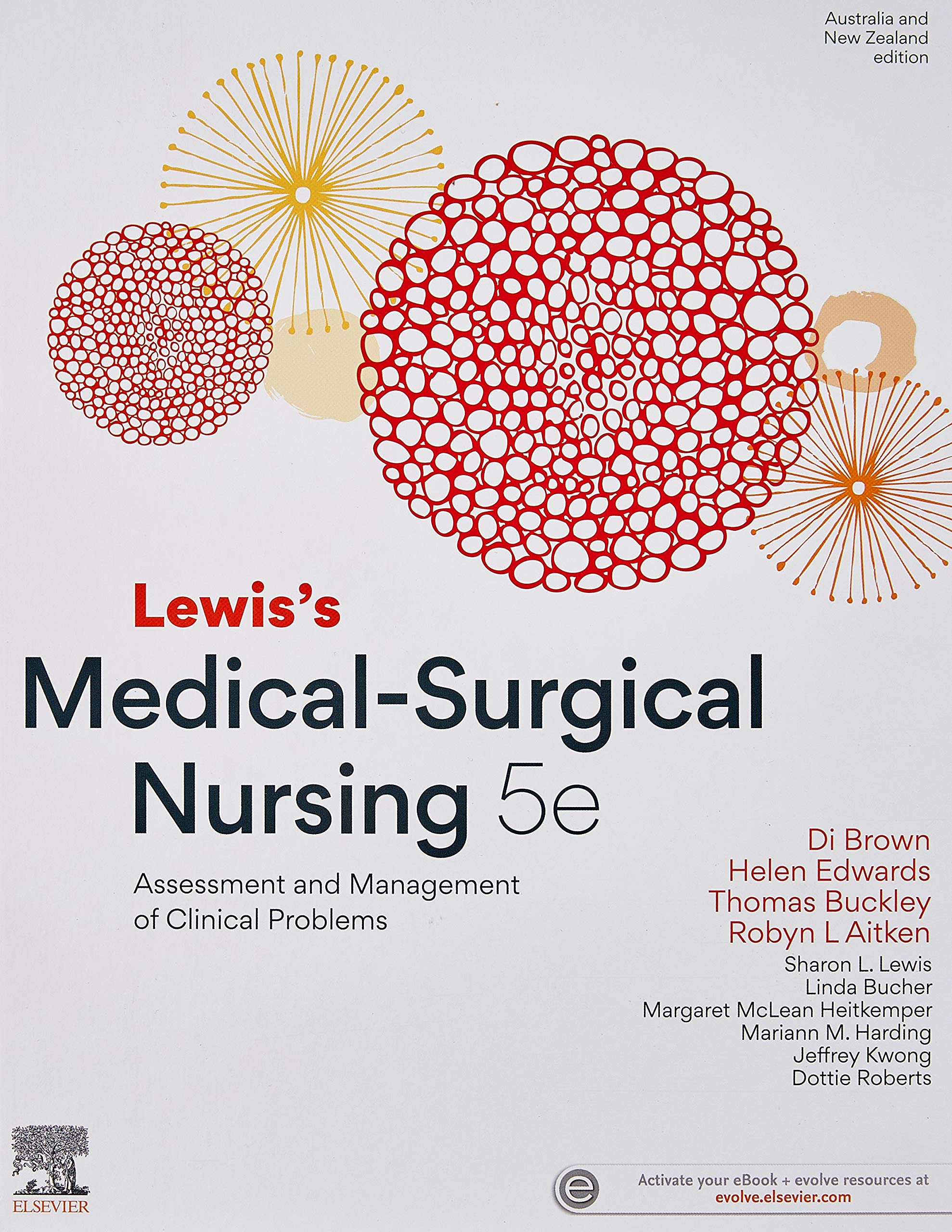
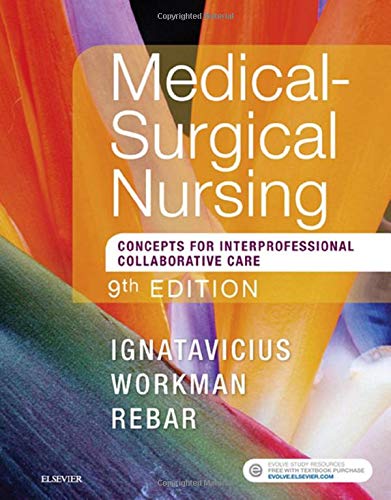


Reviews
There are no reviews yet.